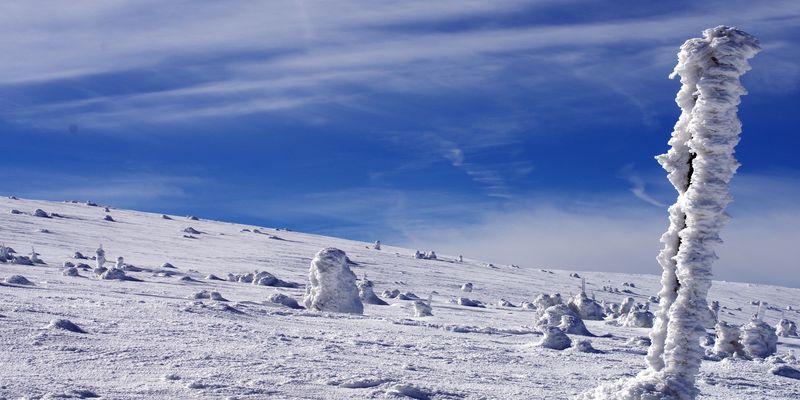Why does the ice age on Earth happen every 100 thousand years?

Over the past million years, the glacial period on Earth has come about every 100,000 years. This cycle actually exists, and different groups of scientists at different times tried to find the reason for its existence. True, the prevailing point of view on this issue yet.
More than a million years ago, the cycle was different. The ice age was replaced by climate warming about once every 40 thousand years. But then the periodicity of the onset of glaciers changed from 40 thousand years to 100 thousand. Why did this happen?
Experts from the University of Cardiff offered their own explanation for this change. The results of the work of scientists were published in the authoritative edition of Geology. According to experts, the main reason for the change in the periodicity of the onset of glacial periods is the oceans, or rather, their ability to absorb carbon dioxide from the atmosphere.
')
Studying the sediments constituting the bottom of the oceans, the team discovered that the concentration of CO 2 changes from layer to layer of sediment just with a period of 100 thousand years. It is likely, scientists say, that the excess carbon dioxide was extracted from the atmosphere by the ocean surface with further binding of this gas. As a result, the average annual temperature gradually decreases, and another ice age begins. And it so happened that the duration of the glacial period more than a million years ago increased, and the “warm-cold” cycle became longer.
“The oceans probably absorb and emit carbon dioxide, and when the ice gets bigger, the oceans absorb more carbon dioxide from the atmosphere, making the planet colder. When there is little ice, the oceans emit carbon dioxide, so that the climate gets warmer, ”says Professor Carrie Lear. “Studying the concentration of carbon dioxide in the remains of tiny creatures (here we mean sedimentary rocks, ed.), We learned that during periods when the area of glaciers increased, the oceans absorbed more carbon dioxide, so it can be assumed that in the atmosphere it becomes smaller. "
According to experts, algae played a major role in the absorption of CO 2 , since carbon dioxide is an essential component of the photosynthesis process.
Carbon dioxide is released from the ocean into the atmosphere as a result of upwelling. Upwelling (English Upwelling) or rise - this is the process by which the deep ocean waters rise to the surface. Most often it is observed at the western borders of continents, where it moves colder, nutrient-rich waters from the depths of the ocean to the surface, replacing warmer, nutrient-poor surface waters. It can also be found in almost any area of the world's oceans.
A layer of ice on the surface of the water prevents the ingress of carbon dioxide into the atmosphere, so that if a significant part of the ocean freezes, it prolongs the duration of the ice age. “If we believe that the oceans emit and absorb carbon dioxide, then we must understand that large amounts of ice prevent this process. It's like a cover on the surface of the ocean, ”says Professor Liar.
With an increase in the area of glaciers on the surface of the ice, not only does the concentration of “warming” CO 2 decrease, but the albedo of those regions that are covered with ice also increases. As a result, the planet receives less energy, which means it cools even faster.

Now on Earth is an interglacial, warm period. The last ice age ended about 11,000 years ago. Since then, the average annual temperature and sea level has steadily increased, and the amount of ice on the surface of the oceans has decreased. As a result, as scientists believe, a large amount of CO 2 enters the atmosphere. Plus, carbon dioxide is produced by man, and in large quantities.
All this led to the fact that in September, the concentration of carbon dioxide in the Earth’s atmosphere increased to 400 parts per million. This figure increased from 280 to 400 parts per million in just 200 years of industrial development. Most likely, CO 2 in the atmosphere in the foreseeable future will not be less. All this should lead to an increase in the average annual temperature on Earth at about + 5 ° C over the next thousand years.
Specialists from the Climate Research Department at the Potsdam Observatory recently built a model of the Earth's climate, taking into account the global carbon cycle. As the model has shown, even with minimal carbon dioxide emissions into the atmosphere, the ice sheet of the Northern Hemisphere cannot increase. This means that the onset of the next ice age can move forward at least 50-100 thousand years. So ahead of us is waiting for another change in the cycle “glaciers-warming,” this time a person is responsible for this.
DOI: 10.1130 / G38636.1
Source: https://habr.com/ru/post/398733/
All Articles